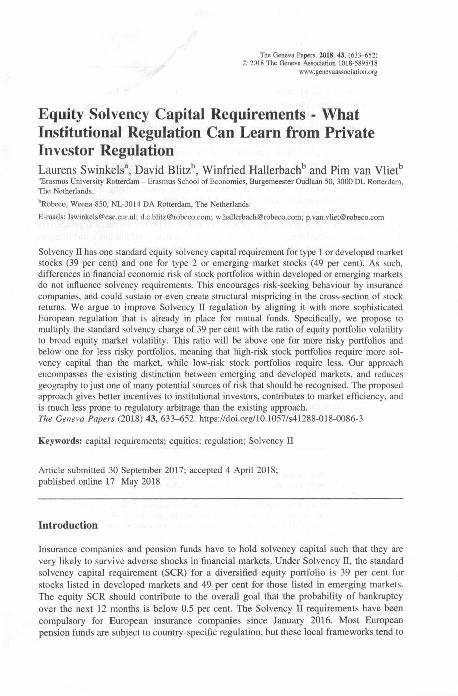Equity solvency capital requirements - what institutional regulation can learn from private investor regulation

Contenido multimedia no disponible por derechos de autor o por acceso restringido. Contacte con la institución para más información.

